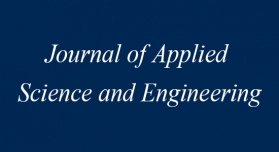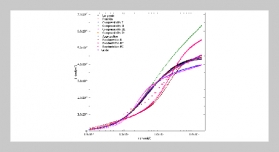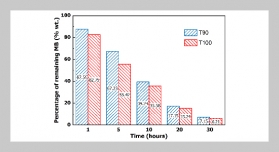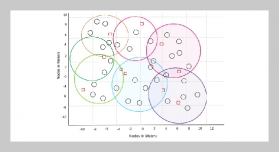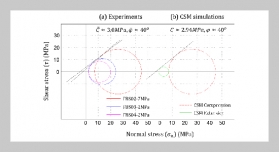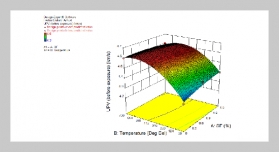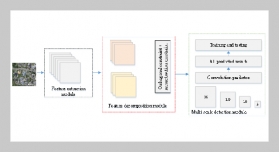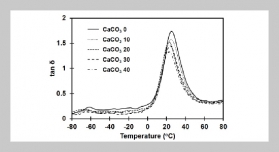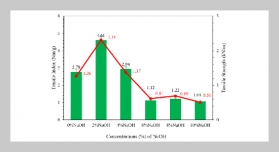Zhao-Wei Wang This email address is being protected from spambots. You need JavaScript enabled to view it.1, Man-Gui Liang1 , Wen-Kang Jia2 and Yaw-Chung Chen2 1Institute of Information Science, Beijing Jiaotong University, Beijing, P.R. China
2Department of Computer Science, National Chiao Tung University, Hsinchu, Taiwan 300, R.O.C.
Received:
December 17, 2010
Accepted:
January 6, 2011
Publication Date:
September 1, 2011
Download Citation:
||https://doi.org/10.6180/jase.2011.14.3.03
Internet is becoming a global information infrastructure nowadays. To cope with ever-increasing traffic demands in transport networks, increasing transmission bit rate, processing speed, and switching capacity will lead to increased power consumption of network nodes which is restricting the scalability of networks. The bottleneck of high performance IP network is the operation of switching; most power-consuming part in switching is the subsystem for data processing, table lookup and packet forwarding. There are some obviously drawback at the process of forwarding packet in conventional IP and MPLS networking architecture. In this paper, we provide an innovative concept, Vector Address Switching (VAS) scheme, to support a high performance, energy-effective IP networks and/or Internet. Similar with MPLS, a label based on source routing information is introduced to IP packets for fast interconnection purpose rather than an option as source-route in conventional IP framework; this architecture requires no table lookup, label packets will fast forwarded upon self-routing, the only operation of switch nodes is to strip off part of label. As a result, the price and energy consumption of a switch/router can be evidently cut down. The significant performance improvement of our works is proven in mathematical analysis and simulation.ABSTRACT
Keywords:
VAS, IP Forwarding, MPLS Forwarding, Label Switching
REFERENCES

